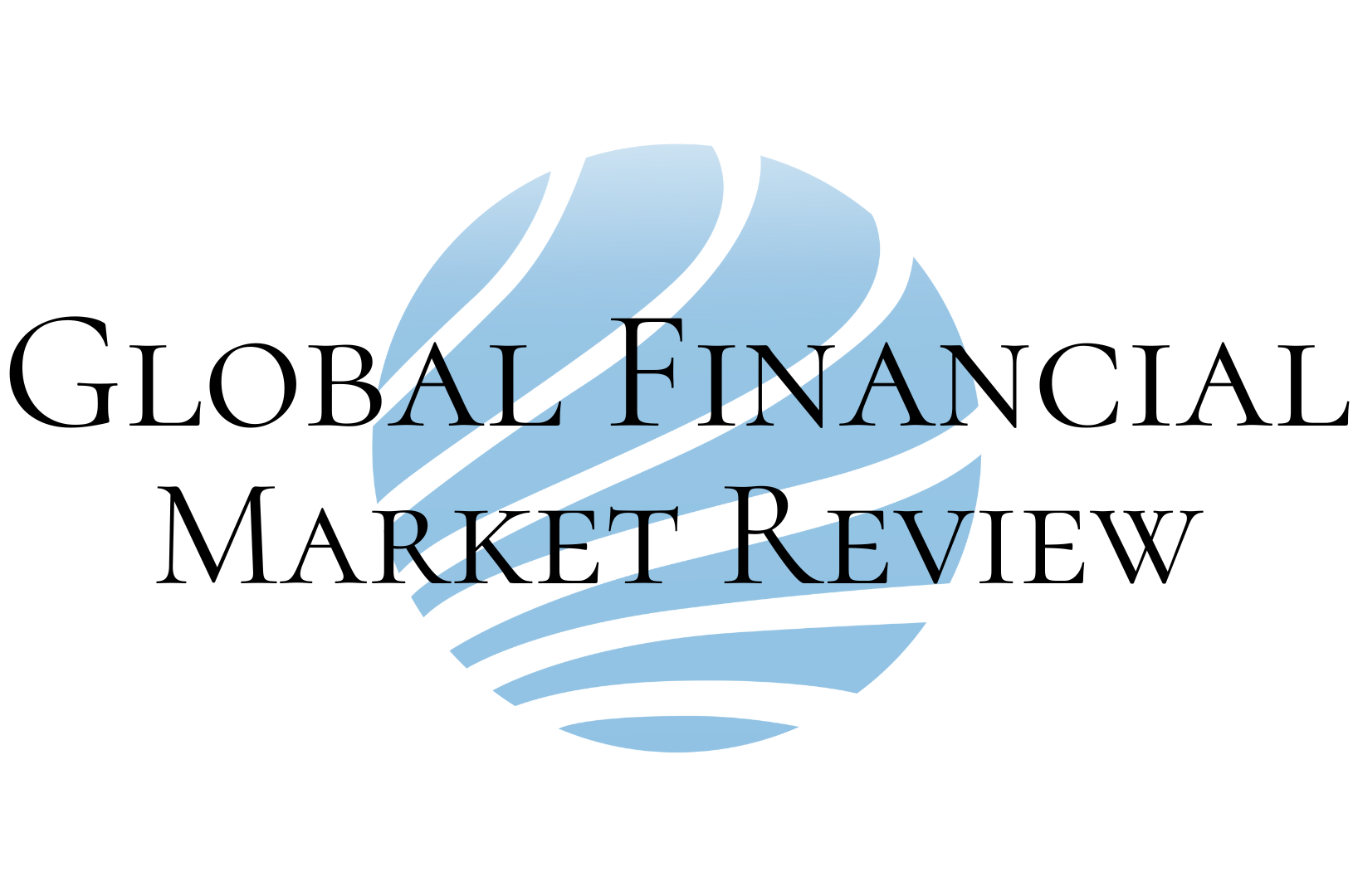A sad tale’s best for winter, wrote Shakespeare in A Winter’s Tale, although his play turns into a comedy that ends with a miracle. This line popped into my head recently as I mulled the glowing praise posted online for national broadcaster NTV’s three-hour Sinterklaas film, set in a fictional fantasy land of Zwalk. As an expat, I’ve spent much of the lockdown digesting the comments and opinion in the Dutch media for my subscribers’ newsletter, 2nd Opinion.
Opinions are like X-rays, I’ve realised. Whatever the topic, they offer penetrating glimpses into the beguiling, sometimes opaque culture of the Netherlands. A virtuele Sinterklaas may be a glimpse of our future. This year the saint has been working remotely, like the rest of us. His new realm is alternately a happy and sad place.
In Nieuwstadt, a village in Limburg, Sint appeared in a pre-recorded Q&A video with local children, socially distanced but still very personal - op afstand en toch heel persoonlijk. Is that a comic or a tragic fate? Trawling the opinion pages, my mission became more searching: to appreciate the open-closed, metropolitan-parochial, direct-indirect, in your face-reticent but always many-faceted culture of our adoptive homeland. With all its depths and shallowness.
I’m an Englishman living in Amsterdam, and a former foreign correspondent still yoked to the old standard of objectivity. In the 21st century, we know that’s a myth. So I try instead to find what’s pittig - spicy. What I report is how the newspapers tell it - de manier waarop de kranten het zeggen. Without fear or favour.
A worldview in colours
Here’s a colour-coded tasting menu. Blue. Blue is for the dapper suit and tie of Arjen Lubach, host of VPRO’s Zondag met Lubach, which exposed the dangerous vlog of Lange Frans, conspiratie rapper. That’s a label that Lubach might have coined, implying lyrics of exponential invention and offence. But Frans was an actual rapper, one half of Dutch hip hop duo Lange Frans and Baas B who achieved some celebrity before they split in 2009.
On YouTube, Frans attracted 700,000 followers with claims that the coronavirus is a plot by Satanist paedophiles to depopulate the world. He echoed QAnon, an anti-semitic American cult (Q is supposedly a renegade intelligence agent) classified by the FBI as a terrorism risk. Within days of Lubach’s broadcast, YouTube closed down the channel - a victory for an old media showman over a social media rival.
Gold. Gold is for the glitzy interior of Trump Tower, where the 45th US president may soon retreat to a gilded retirement. On election day, Karlijn van Howelingen reported for Het Parool from a country on edge - het land staat op scherp. But Arnon Grunberg, a writer living in New York, detected an element of snobbery in Europe. Meanwhile, US dominance of global culture is undimmed.
To anyone inspired by American democracy, historian Martyn van Rossum urged a strong dose of scepticism. In the pages of NRC, editor Bas Heijne warned that anti-Trump feeling lacked a concrete agenda: sacrifices are asked - er worden offers gevraagd, for things that seem abstract and far away - voor zaken die abstract en ver weg lijken.
Green is for the energy transition to renewables. Financieele Dagblad reported that oil and gas companies are seeking public subsidies to implement Carbon Capture and Storage (CCS) technology. Mark van Baal, founder of Follow This, a movement of more than 5,000 Dutch shareholders, objected that subsidies would reward bad behaviour: “Big Oil can make or break the Paris Climate Agreement”.
Follow This wants fossil fuel producers to adopt Paris-compliant emissions targets. In 2016, Shell dismissed that idea as “fundamental misunderstanding”. By 2018, chief executive Ben van Beurden acknowledged a kernel of truth in the proposal - een kern van waarheid. Earlier this year, the Follow This formula was adopted by Climate Action 100+, a global investors’ alliance managing $45 trillion.
Purple is for the pages of Marieke Lucas Rijneveld’s De Avond is Ongemak, winner of the 2020 International Booker Prize. The Discomfort of Evening opens with 10-year-old Jas furious that she cannot go ice-skating with older brother Mathies. Jas prays to God to spare her pet rabbit from the Christmas dinner table and to take her brother instead. Then Mathies falls through the ice.
Stricken by grief, Jas embarks on strange, sexual, sometimes morbid experiments on animals - vreemde, seksuele, soms morbide experimenten op dieren. But just as Zwarte Pieten have vanished from NTV’s fictional land of Zwalk, certain “untranslatable” details were cut from the novel’s English edition (notably, a joke about Hitler). In De Volkskrant, Wilma de Rek objected to such "sensitivity nonsense" - niet meedoet aan gevoeligheidsflauwekul. Which inspired this short film from director Sean Fitzpatrick:
A kaleidoscope in words
Deploying a full spectrum of colours, artist Ruben de Haas discovered how much ink a felt-tip pen contains. Dutch brand Bruynzeel performed well (especially Bruynzeel red) against cheaper pens from IKEA and Wibro. A “Day-glo Rothko”, de Haas is heir to the abstract expressionists of the 1960s, whose achievement in paint was compared by critic Tom Wolfe to the “absolute flatness” of butter melting on the granulated surface of hot toast.

It’s the telling phrases which show what’s really going down on the front lines of Dutch minds. With the best intentions, many expats often live parallel lives - alongside, rather than inside, our adoptive culture. Whether you’re a capable Dutch speaker or a complete novice, digesting media comment and opinion is a kind of cross-cultural exchange.


